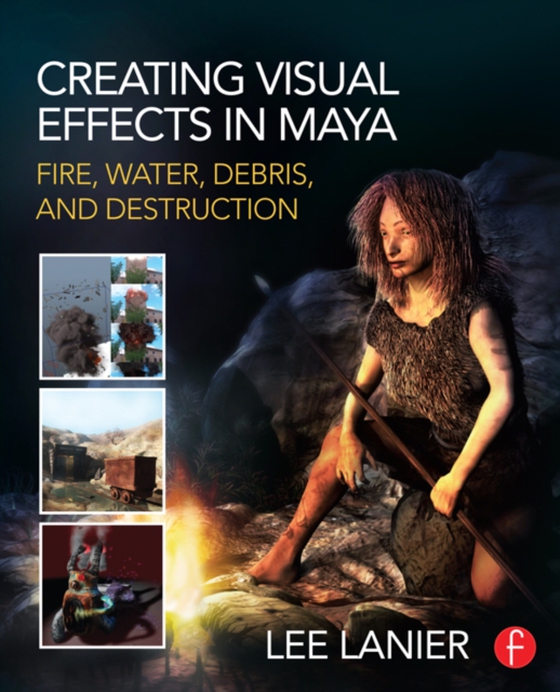
Creating Visual Effects in Maya e-bog
436,85 DKK
(inkl. moms 546,06 DKK)
Produce mind-blowing visual effects with Autodesk Maya. Gain the practical skills and knowledge you need to recreate phenomena critical to visual effects work, including fire, water, smoke, explosions, and destruction, as well as their integration with real-world film and video.In Creating Visual Effects in Maya, Maya master Lee Lanier has combined the latest studio techniques with multi-chapte...
E-bog
436,85 DKK
Forlag
Routledge
Udgivet
3 februar 2014
Længde
312 sider
Genrer
The arts: general topics
Sprog
English
Format
pdf
Beskyttelse
LCP
ISBN
9781135050405
Produce mind-blowing visual effects with Autodesk Maya. Gain the practical skills and knowledge you need to recreate phenomena critical to visual effects work, including fire, water, smoke, explosions, and destruction, as well as their integration with real-world film and video.In Creating Visual Effects in Maya, Maya master Lee Lanier has combined the latest studio techniques with multi-chapter, hands-on projects and professionally-vetted workflows to bolster your CG toolkit. Engaging, full-color tutorials cover:Creating foliage, fire, and smoke with Paint EffectsGrowing Maya Fur and nHair on clothing, characters, and setsReplicating water, smoke, sparks, swarms, bubbles, and debris with nParticles and nClothControlling scenes and simulations with expressions and MEL, Python, and PyMEL scriptingAdding dust, fog, smoke, rippling water, and fireballs with Fluid Effects containersCreating damage with Effects presets, deformers, and animated texturesMatchmoving and motion tracking with Maya and MatchMoverCreating complex destruction by combining rigid bodies, nParticles, nCloth, and Fluid EffectsSetting up, rendering, and compositing mental ray render passes with Autodesk Composite, Adobe After Effects, and The Foundry NukeThe companion website (www.focalpress.com/cw/lanier) features a treasure trove of Maya, MatchMover, After Effects, and Nuke project files, image sequences, texture bitmaps, and MEL, Python, and PyMEL scripts, allowing you to immediately apply the techniques taught in the book.
 Dansk
Dansk

